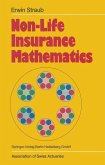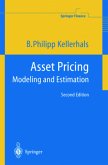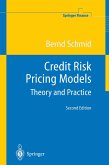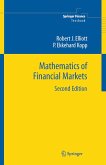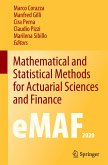The topic of credibility theory has been for many years - and still is - one of our major interests. This interest has led us not only to many publications, but also has been the motivation for teaching many courses on this topic over more than 20 years. These courses have undergone considerable changes over time. What we present here, "A Course in Credibility Theory and its Applications", is the ?nal product of this evolution. Credibility theory can be seen as the basic paradigm underlying the pricing of insurance products. It resides on the two fundamental concepts "individual risk" and "collective" and solves in a rigorous way the problem of how to analyse the information obtained from these sources to arrive at the "insurance premium". The expression "credibility" was originally coined for the weight given to the experience from the "individual risk". Credibility theory as a mathematical discipline borrows its methods from 2 many ?elds of mathematics, e. g. Bayesian statistics, L Hilbert space te- niques, least squares, and state space modelling to mention only the most important ones. However, credibility theory remains a lifeless topic if it is not linked closely with its applications. Only through these applications has cr- ibility won its status in insurance thinking. The present book aims to convey this dual aspect of credibility and to transmit the ?avour of the insurance applications also to those readers who are not directly involved in insurance activities.
Hinweis: Dieser Artikel kann nur an eine deutsche Lieferadresse ausgeliefert werden.
Hinweis: Dieser Artikel kann nur an eine deutsche Lieferadresse ausgeliefert werden.
From the reviews:
"The book is aimed at teachers and students as well as practicing experts in the financial area ... . Persons working in the wider world of finance will also find many relevant ideas and examples even though credibility methods have not yet been widely applied here. The book covers the subject of Credibility Theory extensively and includes most aspects of this topic from the simplest case to the most general dynamic model." (Zeitschrift für die gesamte Versicherungswissenschaft, Issue 2, 2006)
"The authors ... have done an excellent job while explaining the basic concept and at the same time elaborating on the practical problems actuaries encounter. ... The book is aimed at teachers, students and practising experts, especially actuaries working in property-casualty insurance. ... The book has relevant practical examples and exercises which practitioners might find useful. It may be useful for students/non-actuaries who do not have a statistical background ... ." (Gautam Kakar, Annals of Actuarial Science, Vol. 2 (2), 2007)
"The book is aimed at teachers and students as well as practicing experts in the financial area ... . Persons working in the wider world of finance will also find many relevant ideas and examples even though credibility methods have not yet been widely applied here. The book covers the subject of Credibility Theory extensively and includes most aspects of this topic from the simplest case to the most general dynamic model." (Zeitschrift für die gesamte Versicherungswissenschaft, Issue 2, 2006)
"The authors ... have done an excellent job while explaining the basic concept and at the same time elaborating on the practical problems actuaries encounter. ... The book is aimed at teachers, students and practising experts, especially actuaries working in property-casualty insurance. ... The book has relevant practical examples and exercises which practitioners might find useful. It may be useful for students/non-actuaries who do not have a statistical background ... ." (Gautam Kakar, Annals of Actuarial Science, Vol. 2 (2), 2007)


